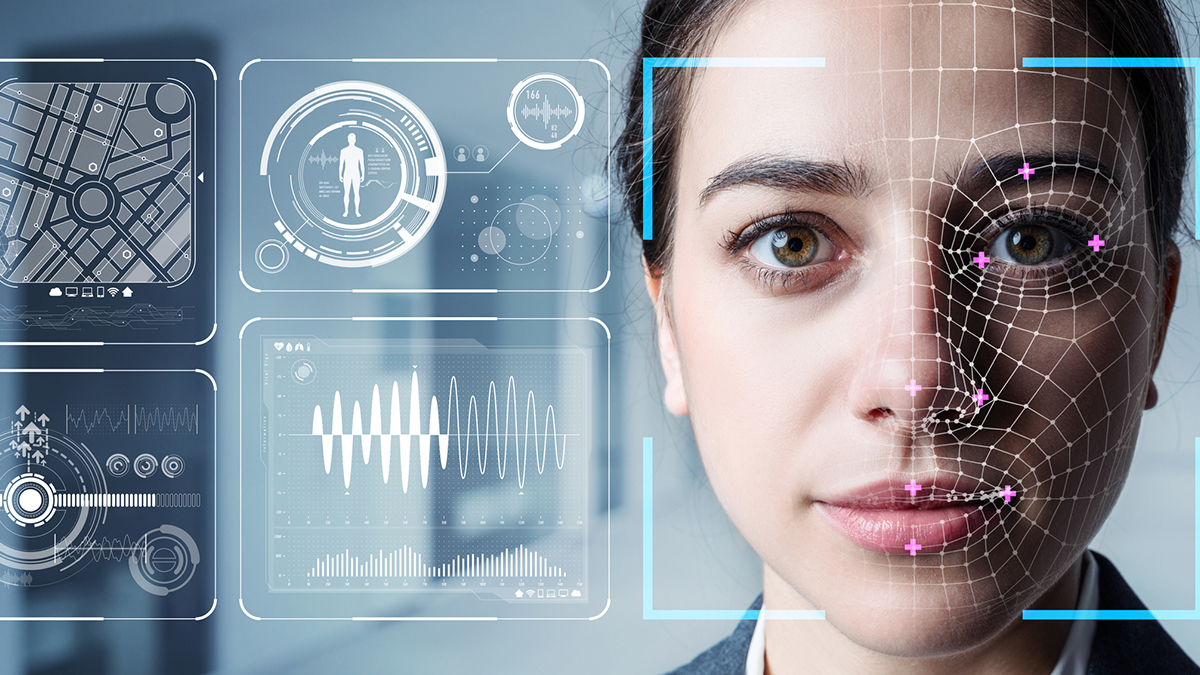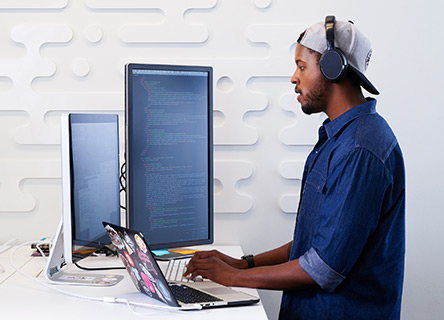Supercomputers
Supercomputing a COVID-19 vaccine
July 23, 2020
Categorized: Supercomputers
Share this post:
How the world’s most powerful computers are changing the way we create vaccines.

COVID-19 continues to rapidly spread around the world, passing 14 million confirmed infections, and the death toll surpassing 600,000.
A vaccine can’t come soon enough but history suggests it will be many years before a workable one is widely available. The average time to develop a vaccine is more than 10 years, and even the fastest developed vaccine — for Ebola — took five.
Unlike most other vaccine development processes however, the race to cure COVID-19 is a crowded field with more than 100 potential solutions in the pipeline and 10 human clinical trials already underway.
Supporting the amount of research power thrown at the problem is an unprecedented amount of processing power.
Via the COVID-19 High Performance Computing Consortium (HPC), supercomputers at some of the world’s largest tech firms and advanced laboratories, including NASA, Los Alamos and Berkeley, have been made available to research projects since March.
Dr Jason Crain, a research lead at IBM and visiting professor at the University of Oxford, is part of a UK initiative to use supercomputers and artificial intelligence for life sciences. He says there are, “eye-watering amounts of computational power being directed to the coronavirus challenge”.
“There are about 8 billion people on Earth at the moment and if you could imagine each of them doing a million calculations per person in the world every second, that would be something like eight petaflops of computing power,” Professor Crain says. “ The HPC consortium is offering something like 50 times that.”
This extraordinary computing power is allowing researchers to get ahead of the slow, arduous process of scientific observation.

IBM’s Summit, the most powerful supercomputer in the world, is enabling researchers at Oak Ridge National Laboratory and the University of Tennessee to screen for compounds that might inhibit the way the virus attaches to cells. Viruses use “spikes” to infect cells and under traditional techniques, researchers would grow the virus in a lab, then introduce new compounds to observe which ones bind to the spike to render it ineffective. Computer simulation has replaced that process, but the millions or even billions of pieces of data generated is something that standard research computers cannot cope with easily.
Using Summit however, researchers were able to simulate 8000 compounds in a matter of days, identifying 77 small molecules that have the potential to inhibit COVID-19 binding properties.
Professor Crain and his team at Oxford is focusing on the proteins that help the virus replicate and expand, and is using artificial intelligence (AI) to identify compounds that could be repurposed as antiviral drugs.
“The aim is that we can accelerate discovery by 100 times, maybe more, than if you had to synthesise and do these experiments in the lab all the time,” Professor Crain says.
There are currently 62 active projects as part of the HPC consortium ranging from projects to repurpose SARS antibodies to speeding up diagnostic tools.
The power to run such complex simulations is an enormous time saver for the research effort, but it is not just in developing treatments or cures where computational effort is making a difference.
Artificial intelligence is used to sift through the enormous amount of data necessary for contact tracing and build epidemiological models, helping contain the virus’s spread.
With hundreds of millions of lives affected and billions of dollars of economic output at stake, understanding how governments and society respond to the disease is also critical.

Aleksandra Mojsilović, an IBM Fellow and head of AI foundations at IBM Research, says that researchers are already beginning to think about how to process the multitude of decisions made to determine what worked and what didn’t.
“All the events that we’ve collected so far in terms of the kinds of decisions that people made during the epidemic — government decisions, school closures, decisions to wear a mask or not — machine learning and AI are giving us toolkits to essentially analyse all of this data,” says Mojsilovic, who also co-directs IBM Science for Social Good. “As we see how the disease unravels we can understand the impact of these interventions so that we can later on plan or manage other outbreaks differently.”
The increasing availability of computing power has the potential to address global problems such as COVID-19 at scale and for Professor Crain, a critical factor is the collaborative response.
“The speed at which governments and research communities have come together is really a lesson for the future,” Professor Crain says.
“The HPC Consortium is a really powerful example of what is possible when governments, industries, and academic groups come together. Apart from the sort of technical advances, the way we use computation to address global challenges, hopefully will be transformed for the better as a result of this.”
Originally published on The Australian
How IBM is helping to skill South Australian students for the jobs of the future
By Jade Moffat Herman, Corporate Social Responsibility Lead, IBM A/NZ After almost seven years at IBM Australia and New Zealand, you don’t need to tell me how rewarding a career in technology can be. In my role as Corporate Social Responsibility Lead, I am honoured to work closely with leading public sector, not-for-profit and educational […]
Four Australian teams lead the 2021 Call for Code to help combat climate change
By Alison Haire, Lead Developer Advocate, Hybrid Cloud Build Team Solving global challenges like climate change may seem never-ending, but we can draw inspiration and hope from communities that are making a difference. The open-source movement is one such community, involving hundreds of thousands of individuals and organisations around the world. Together, they have created […]
How to avoid data breaches while accelerating your digital transformation
Author: Chris Hockings, Chief Technology Officer (Cyber Security), IBM Australia and New Zealand As the pandemic accelerated your need for digital transformation, you needed to act. And fast. And you were not alone. But new findings from the recent IBM-Ponemon Institute Cost of a Data Breach Report 2021 suggest that an organisation’s pace of change […]


